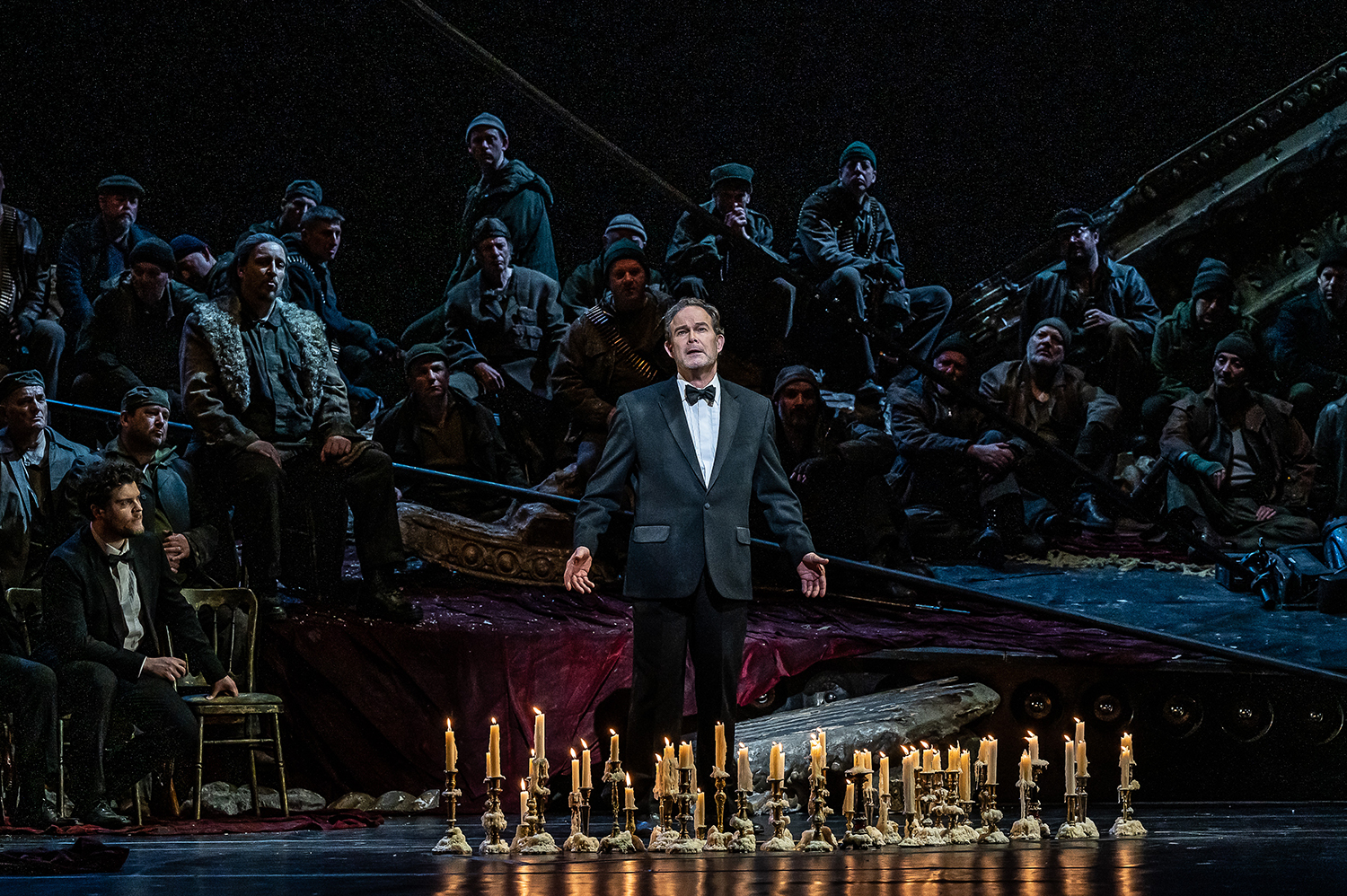A classical concert programme is like a set menu, and for this palate the most tempting orchestral offering in the UK this January came from the Slaithwaite Philharmonic under its conductor Benjamin Ellin. They opened with a suite from Bernard Herrmann’s Vertigo, and the inclusion of Hollywood film music in a ‘straight’ classical programme was interesting in itself. Film music has been around for more than a century now. Many scores are fully as effective in concert as (say) Schubert’s Rosamunde or Beethoven’s Egmont, and yet this almost never happens. Film scores (unless by a big beast of the classical world) are generally hived off into ‘pops’ nights. Snobbery is the most adaptable of vices.
Anyhow, here was an amateur orchestra showing the way and – even more formidably – following up with Korngold’s distinctly gnarly Symphony in F-sharp major, the kind of piece that professional musicians tend to assume is beyond the skills of amateurs (especially if they never work with them). In between, the trumpeter Patrick Addinall played the Trumpet Concerto by the Cheshire-based composer Ivor Hodgson, in a new version (the original was for wind band) for full orchestra. You had to read the programme booklet quite carefully to realise that this was, in effect, a world première.
In Huddersfield Town Hall it all came across with thrilling immediacy, as is often the way in these grand Victorian concert rooms. The stage is curved like an amphitheatre, and with the percussion and brass stacked up at the top either side of the organ, there was a terrific sense of antiphonal to-and-fro: horns and trombones calling to each other over the toiling sea of strings. The one area in which the Slaithwaite Philharmonic seemed short-handed was the violin section, though the main audible impact was on depth of tone, rather than quality of finish. The SPO strings had a satin sheen in the Herrmann; biting icily into their tremolando while the harp oscillated away and those lowering brass chords snarled and roared above. The Hodgson concerto was brisk and (in the slow movement) bluesy; a thing of dark lyricism and muscular forward momentum.
Many film scores are fully as effective in concert as (say) Schubert’s Rosamunde or Beethoven’s Egmont
Then came the Korngold – shaky in the two outer movements, daring in the Scherzo (which the SPO performed uncut) and effectively indistinguishable from a professional performance in the massive Adagio. Here, Ellin and his players – having navigated the rockiest of Korngold’s shoals – opened up and sang, with keening, melancholy horn and flute solos, and an intensity of ensemble sound that placed the whole, haunted emotional weight of the symphony exactly where it belonged. Ellin clearly loves this music, and his players, equally clearly, were ready to follow where he led.
That was revealing. Amateur orchestras are largely immune to musical politics; receiving no public subsidy they fly beneath the official radar, ignored by critics and excluded from national statistics. They play the music that their members want to play. Earlier that same week Stuart Murphy, the reliably foot-in-mouth CEO of English National Opera, had described smaller regional towns as having ‘literally nothing’ by way of culture, but on a freezing night in the West Riding 70 unpaid music-lovers invested time, skill and cash (the music hire fees must have been substantial) to perform repertoire that many professional outfits would consider risky. Later this year, the Slaithwaite Philharmonic is giving a concert performance of Cav and Pag. There’s your ‘literally nothing’, right there.
In 2016, Michael Tanner described Tim Albery’s production of Wagner’s Tannhäuser as containing ‘some of the ugliest settings I have set eyes on’. No change on that score: the Venusberg is located inside a replica of the Royal Opera House’s own proscenium, which in Act Two has been reduced to rubble. Makes you think, eh? I suspect that Albery and designer Michael Levine have a very important point to make about us, the audience, and our incorrigible bourgeois hypocrisy, but it’s quite hard to puzzle this stuff out while Wagner is pouring pure lust into your ears and you’re trying to remember which of the identical figures in evening dress is actually Tannhäuser.
On the first night, Stefan Vinke (Tannhäuser) was unable to sing, so he mimed while Norbert Ernst sang from the side. In the circumstances, it’d be unfair to judge either performance but if you can tolerate the production concept there are three particular reasons to see this revival. The scene in Act Three between Wolfram (Gerald Finley) and Elisabeth (Lise Davidsen), where Finley sounds his noblest and Davidsen’s slightly overheated interpretation comes into tight, and powerfully moving, focus. The playing of the orchestra under Sebastian Weigle: poetic, translucent, and filled with yearning. And the ROH chorus, who don’t have much to do, acting-wise, except wander on and look dour, but who sing with such concentrated beauty that even when they’re offstage, they hold you gripped.







Comments